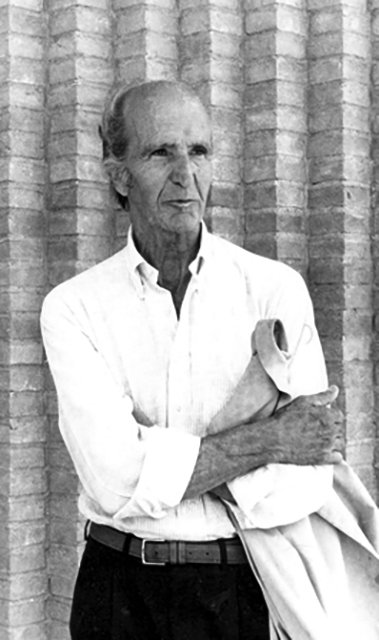

In the mid-1970s Julio Lafuente working for the city of Jeddah in Saudi Arabia, to bring about the "beautification" of the city through the realization of landmarks and monuments. Julio Lafuente achieved this purpose through his works that are designed to celebrate local culture. For his design of the Al-Qiblah (Direction of Prayer) sculpture, Julio Lafuente used a visual reference to the sculpture "Winged Victory of Samothrace" (also called the Nike of Samothrace) which is a 2nd-century BC marble sculpture of the Greek goddess Nike that is now located in the Louvre, Paris. His creation of the Al-Qiblah sculpture in Italy took five years and is constructed from 260 pieces of carved Italian marble.

Julio Lafuente, stimulated by the architects and artists who attend his carpenter father's workshop, emigrated with his family from Spain to France to study architecture at l'École Nationale Superieure de Beaux Arts. After the occupation of France in 1941 he returned to Spain, where he continued his training alternating between studies and works of architecture. After the war he completed his studies in France and embarked on a "Grand Tour" of Italy using a BMW motorcycle and found himself in Rome, a city he fell in love with due to its classical antiquity and nascent modern quarters.
From 1953 he worked with Studio Monaco Luccichenti and brought about the realization of several projects and he collaborated extensively with the engineer Gaetano Rebecchini on several works including the Hippodrome of Tor di Valle (Rome) and the Hospital of the Sovereign Order of Malta.